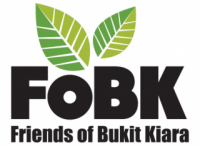Forest & Flora
Being a former estate, the bulk of Bukit Kiara’s biomass comprises the Pará rubber tree (Hevea brasiliensis), the progeny of seeds smuggled out of the Amazon and introduced to Malaya in the late 1800s, in the nick of time to drive the economy of British Malaya on the wave of the Second Industrial Revolution.
Not all of the hill was entirely cleared for rubber though. Patches of the original vegetation were spared, at the unplantable areas along the steepest slopes, rocky ground and streams. With the discontinuation of weeding following the transformation of the rubber estate to a Federal Park, some of the original species have begun to reclaim the hill, capitalizing on the gaps created when old rubber trees fall — the start of a long, slow process of natural forest regeneration.
The original forest species vie for space with the rubber tree saplings, plus a handful of fast-growing pioneer species (both native and non-native). The pioneers usually prevail at the open spaces and forest edges, as they are fast-growing and able to tolerate harsh microclimate conditions. The Mahang (Macaranga spp.), a small tree with distinctively large leaves, is the main pioneer tree at Bukit Kiara, and several species are present.






